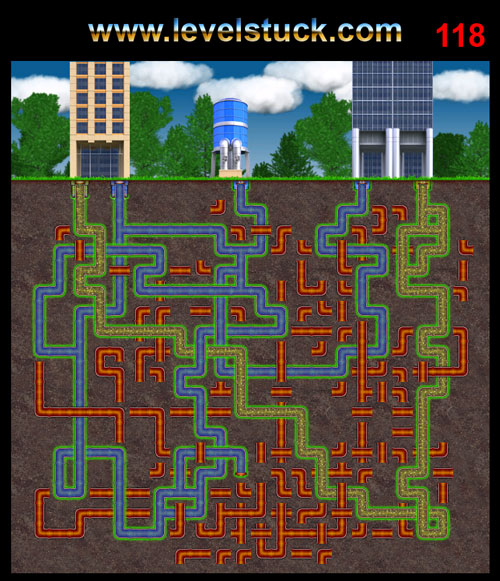

Steels that can be tempered to great hardness.Approximately 1.25–2.0% carbon content.Used as tool and die steels owing to the high hardness and wear resistance property.Strong carbide formers like Cr, V, W are added as alloying elements to from carbides of these metals.Used in hardened and tempered condition.High C content provides high hardness and strength.High carbon steels – Carbon content 0.6 – 1.4%.Typical applications – Railway wheels and tracks, gears, crankshafts.Heat treated alloys are stronger but have lower ductility.Addition of Cr, Ni, Mo improves the heat treating capacity.Medium carbon steels have low hardenability.Most often used in tempered condition – tempered martensite.Can be heat treated – austenitizing, quenching and then tempering.Carbon content in the range of 0.3 – 0.6%.High Strength, Low Alloy (HSLA) steels – alloying elements (like Cu, V, Ni and Mo) up to 10 wt % have higher strengths and may be heat treated.Not responsive to heat treatment cold working needed to improve the strength.Most abundant grade of steel is low carbon steel – greatest quantity produced least expensive.Plain carbon steels – very low content of alloying elements and small amounts of Mn.Super High carbon steel- Carbon content 2.5-3.0%Ĭommonly used Carbon Steel explained below.High carbon steel- Carbon content 0.9-2.5%.

Most steels with more than 2.5% carbon content are made using powder metallurgy.Ĭarbon steel is used in boilers, pressure vessels, heat exchangers, piping, and other moderate-temperature service systems in which good strength and ductility are desired.Used for special purposes like (non-industrial-purpose) knives, axles or punches. Manganese – strength and hardness decreases ductility and weldability effects hardenability of steel.Significant other factors include cost, availability, and the ease of fabrication.


 0 kommentar(er)
0 kommentar(er)
